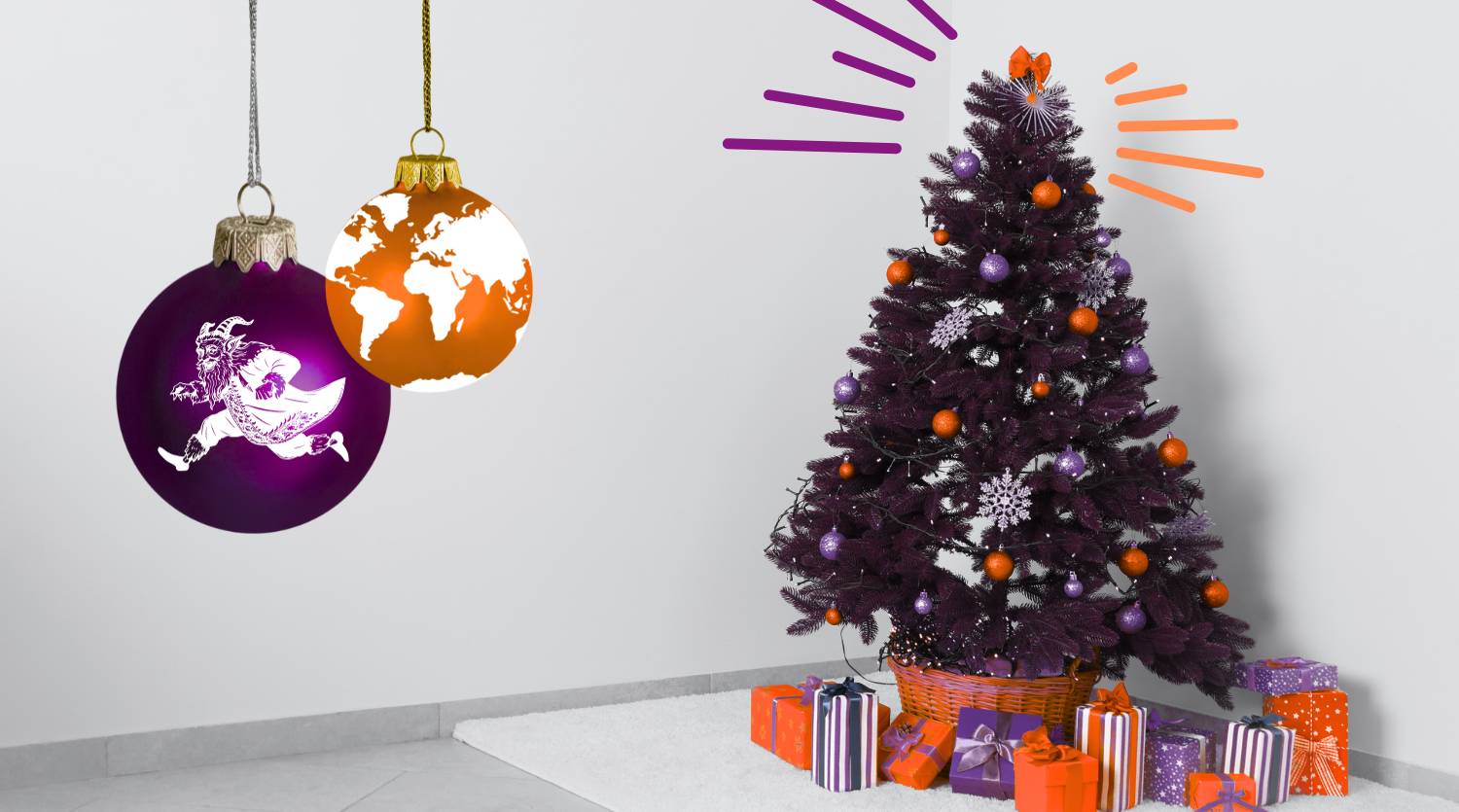How translation and localisation can drive results in multimedia content marketing
If you’re looking to add an exciting new dimension to your international marketing in 2021 and beyond, producing innovative, attention-grabbing multimedia assets can be an excellent way to do it.
Examples of content types that offer enormous potential to capture your audience’s interest and make a lasting impression on them include:
- Video
- Virtual reality
- Podcasts
- Specialist social media content (like Instagram Stories)
If you want to take full advantage of these sorts of formats to build your brand and engage with customers on a global level, it’s important to optimise every element of your marketing to have the strongest impact.
A key part of that is effective use of methods like translation, localisation and transcreation to ensure that all of your content – from written copy and spoken word to imagery and visual assets – is carefully tailored to particular markets.
Why you need multimedia content in your marketing mix
Modern-day audiences in both the B2B and B2C segments are used to being bombarded with an array of marketing and advertising from all angles. This is particularly true in the digital space, where many brands are constantly vying to win the attention of potential customers. As a result, people are becoming increasingly selective about what they choose to focus on and are also becoming more demanding in terms of what they expect from brands.
However, if you want to cut through the noise and make a genuine connection with your ideal buyers, one of the most important things you can do is to produce a diverse and dynamic range of marketing content.
Written assets such as blog posts, how-to guides, ebooks and whitepapers are vital and can help you achieve goals such as:
- Improving search engine rankings through SEO
- Delivering value to your audience by passing on knowledge and information
- Showing that you understand your target customers’ needs
- Demonstrating the knowledge and expertise to meet these needs
With, it is still very important to complement your written pieces with audiovisual content that opens up more opportunities to have an instant, memorable impact on your audience. Producing engaging assets like videos and infographics, for example, can be a good way to capture people’s interest and draw their attention to other components of your marketing mix.
Staying relevant
There are many metrics that can be used to gauge the quality and effectiveness of your marketing, one of which is relevance. You can stay relevant by keeping up with some of the latest developments on the audiovisual marketing front.
Virtual reality
One trend worth keeping an eye on is virtual reality marketing. This is a fast-growing space, with the market for consumer virtual reality hardware and software expected to grow from a value of $6.2 billion in 2019 to more than $16 billion by 2022.
Virtual reality can have various applications in marketing, such as the use of augmented reality to allow customers to see products in action or ‘try before they buy’.
Video
The huge power and potential of video in marketing is by no means a new phenomenon, but it’s undeniably a trend that will continue to prove highly influential in 2021 and beyond. Simply put, you can’t afford to ignore video if you want your marketing to be relevant and impactful.
Brands that incorporate video into their marketing strategies commonly see results including:
- Strong lead generation
- A direct, positive impact on sales
- Better user understanding of their product or service
- Benefits to the company’s bottom line
Interactivity
There are many other methods and content formats that can add life and excitement to the audiovisual side of your marketing, such as interactive imagery.
An infographic that steadily unfolds and develops as the user clicks on it, for example, can deliver a fun, engaging experience and present complex data in an easily accessible way.
Language and localisation
The trends and technologies driving the marketing sector forward are all very exciting, but it’s important to be aware that turning them to your advantage requires a lot of forward thought, excellent understanding of your target audience and a strong strategy.
When you’re operating on an international level, proper use of language and localisation need to be a central part of these plans.
For example, you could invest a huge chunk of your marketing budget in creating a cutting-edge virtual reality experience, but if the language used for the voiceover or narration isn’t translated and localised to suit particular markets, the user experience will suffer.
The same can be said of video content. This format can supercharge your efforts to connect with customers and drive brand engagement, but to take full advantage of its potential you need to combine powerful visual elements with compelling language.
Locaria provides a range of services that can help you better understand your target audience and tailor your content to reflect their unique needs and expectations.

Synopsis by Gunilla Huddleston



